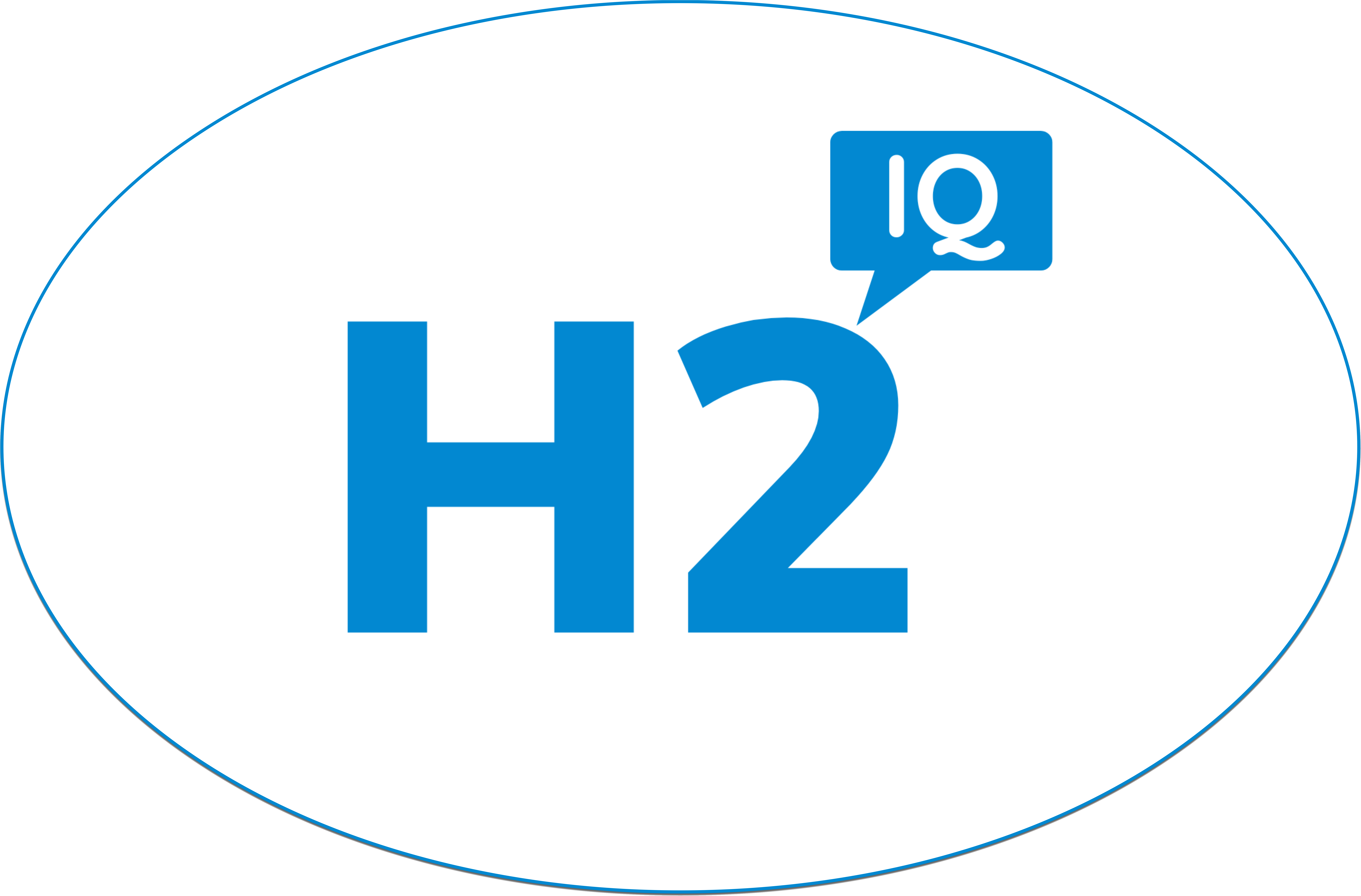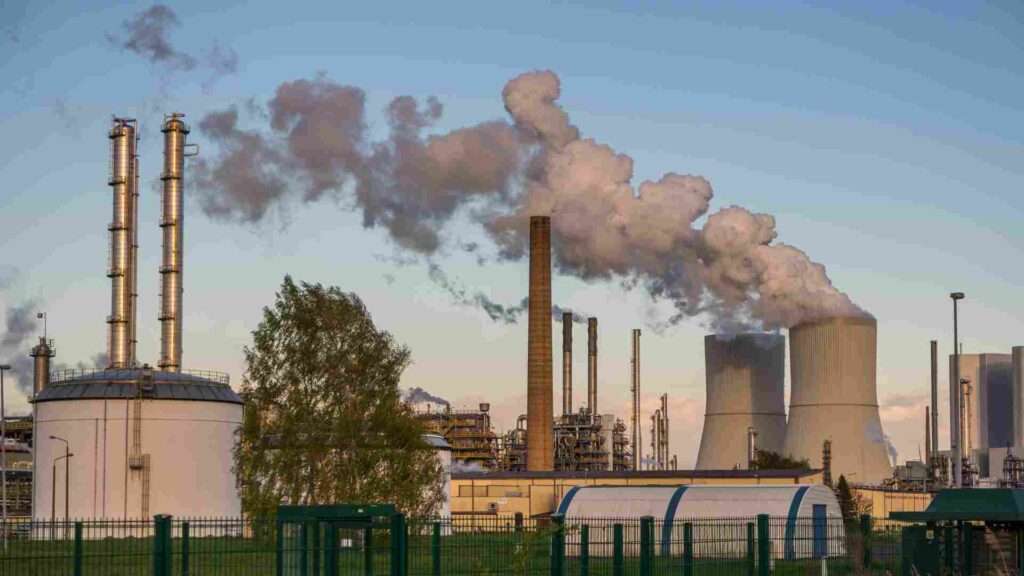US businesses are facing a range of regulatory pressures to decarbonize and reduce their greenhouse gas (GHG) emissions in response to the growing urgency of addressing climate change. Some of the key regulatory pressures that US businesses are facing include:
- Government emissions targets: Federal, state, and local governments in the US have set ambitious emissions reduction targets and are implementing policies and regulations to support the transition to a low-carbon economy. For example, the Biden Administration has set a target of achieving net-zero emissions by 2050 and is pursuing a range of policies to promote clean energy and reduce emissions, such as the Clean Energy Standard and the Clean Cars for America proposal.
- Carbon pricing: There is growing support for carbon pricing mechanisms in the US, such as carbon taxes or cap-and-trade programs, which would impose a price on carbon emissions and create economic incentives for businesses to reduce their emissions. Some states, such as California and New York, already have carbon pricing policies in place, and there are proposals to establish a national carbon pricing scheme.
- Environmental regulations: The Environmental Protection Agency (EPA) and other regulatory agencies are implementing regulations to reduce emissions from various sectors, such as power plants, transportation, and industry. For example, the EPA’s Clean Power Plan aimed to reduce carbon emissions from power plants, and the Clean Air Act regulates emissions from transportation and industrial sources.
- Investor pressure: Investors are increasingly demanding that companies disclose their climate risks and emissions reductions plans and are using their shareholder power to push for climate action. Many companies are responding by setting ambitious emissions reduction targets and committing to transition to a low-carbon economy.
- Consumer demand: Consumers are increasingly demanding products and services that are environmentally sustainable and low-carbon, and businesses are responding by investing in clean energy and sustainable practices to meet this demand.
Overall, US businesses are facing increasing regulatory pressures to decarbonize and transition to a low-carbon economy, driven by a combination of government policies, investor pressure, and consumer demand.
Related Hydrogen Fuel News:
Alabama State INcentives for Clean EnergyAugust 21, 2024
Alaska State Incentives for Clean EnergyAugust 21, 2024
Arkansas State INcentives for Clean EnergyAugust 21, 2024
Government Alternative Energy Incentives in the USA: A GuideAugust 21, 2024
Forklift Power Evolution: Sustainable Energy Takes the LeadMarch 27, 2024
CO2 Emissions in 2023: A Good News Bad News StoryMarch 2, 2024





